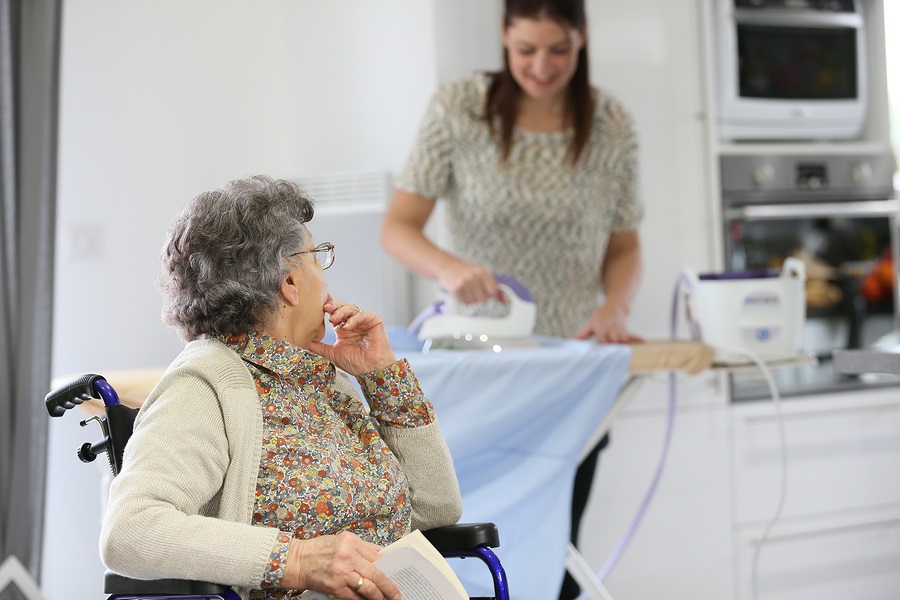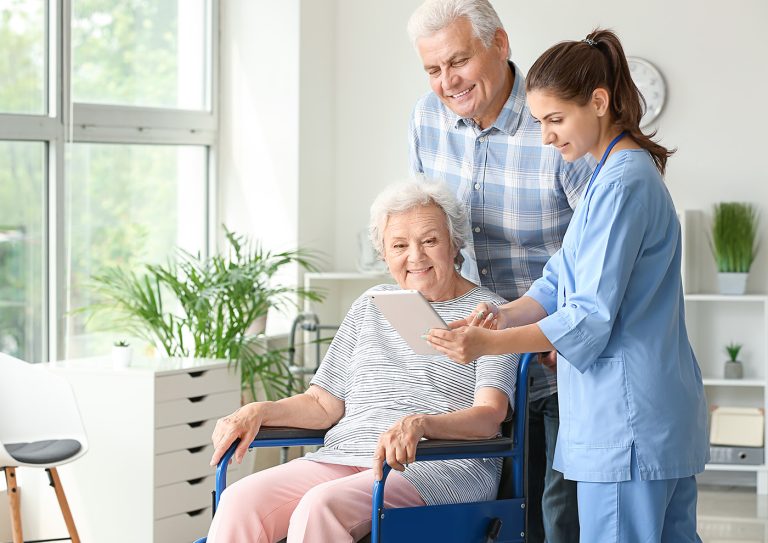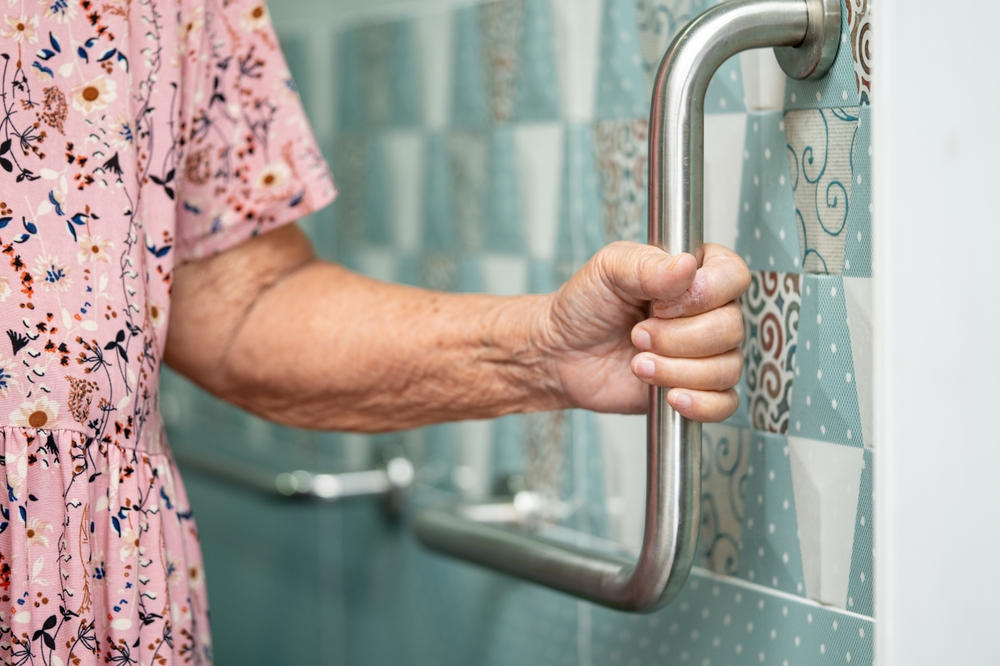As the population ages, the combination of diabetes and the risk of falling presents unique challenges. Understanding fall detection for elderly with diabetes is crucial for ensuring their safety and well-being. This article explores the importance of fall detection systems and how they can be integrated into the daily lives of elderly individuals with diabetes.
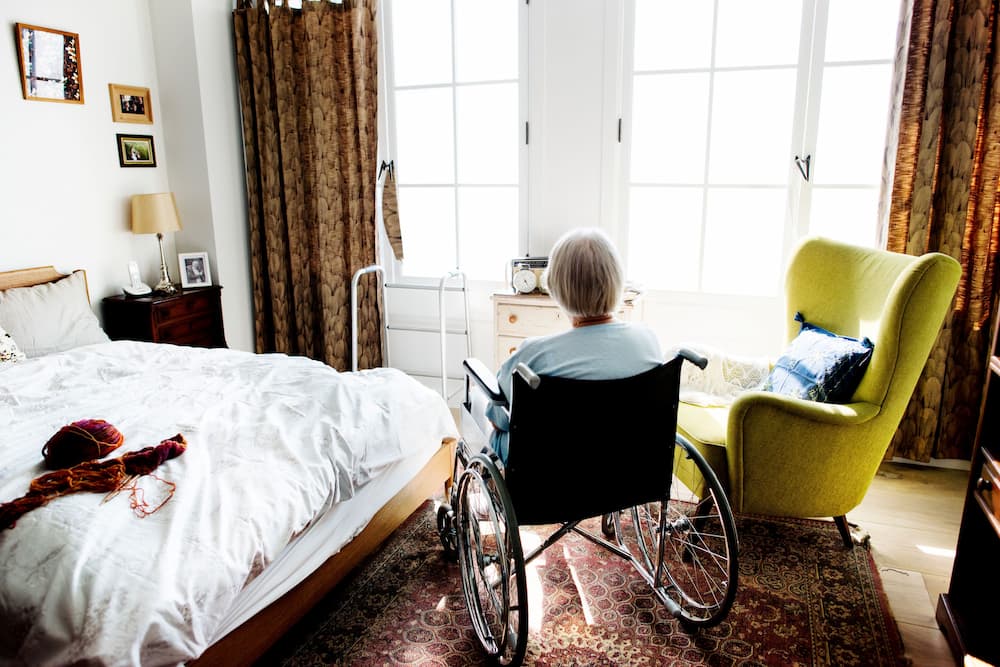
The Importance of Fall Detection
Falls are a significant concern for the elderly, especially those with diabetes. The risk of fractures, hospitalization, and even mortality increases after a fall. Implementing a reliable fall detection system can mitigate these risks by providing immediate assistance when needed.
Understanding the Risks
Diabetes can lead to neuropathy, vision problems, and decreased mobility, all of which contribute to a higher risk of falls. This makes it essential to have fall detection systems that can operate without causing discomfort or invading privacy.
How Diabetes Affects Balance
Diabetes can impair nerve function, leading to balance issues and increased fall risk. Peripheral neuropathy, common in diabetic patients, affects the feet and legs, making it harder to maintain stability.
The Role of Vision Impairment
Diabetic retinopathy and other vision problems can hinder an elderly person’s ability to navigate their environment safely, further underlining the need for effective fall detection.
Types of Fall Detection Systems
Various fall detection systems are available, ranging from wearable devices to smart home solutions. These technologies ensure quick response times and can alert caregivers or emergency services instantly.
Wearable Devices
Wearable devices like smartwatches or pendants are popular for fall detection. They often include accelerometers and gyroscopes to detect sudden movements indicative of a fall.
Smart Home Solutions
Smart home technologies integrate with IoT sensors to monitor movement and detect falls. These systems can provide comprehensive coverage throughout the home, ensuring safety in every room.
Integrating Fall Detection with Diabetic Care
Combining fall detection with diabetes management can significantly improve quality of life for the elderly. Monitoring glucose levels and activity patterns can help predict and prevent falls.
Real-Time Monitoring
Real-time monitoring allows caregivers to track changes in movement and glucose levels, enabling them to take preemptive actions to prevent falls.
Emergency Response Integration
Integrating fall detection systems with emergency response services ensures that help is available immediately when a fall occurs, reducing the time to treatment and improving outcomes.
Choosing the Right Fall Detection System
Selecting the appropriate fall detection system involves considering the individual’s specific needs, lifestyle, and preferences. Personalization is key to ensuring compliance and effectiveness.
Consideration of Privacy
Privacy concerns must be addressed, especially when using systems that monitor continuously. Opting for privacy-friendly solutions can alleviate these issues.
Cost and Accessibility
Cost is a significant factor when choosing a fall detection system. It’s important to find a balance between affordability and functionality, ensuring that the system chosen provides the necessary features.
Implementing Fall Prevention Strategies
Beyond technology, implementing general fall prevention strategies is crucial. This includes regular exercise, home modifications, and routine health check-ups.
Exercise and Physical Therapy
Engaging in regular exercise and physical therapy can improve balance and strength, reducing the overall risk of falls.
Home Modifications
Simple home modifications, such as installing grab bars and improving lighting, can make a significant difference in preventing falls.
Conclusion
Fall detection for elderly with diabetes is an essential aspect of maintaining safety and independence. By understanding the risks and implementing the right technologies and strategies, we can protect our loved ones and provide them with a safer living environment.
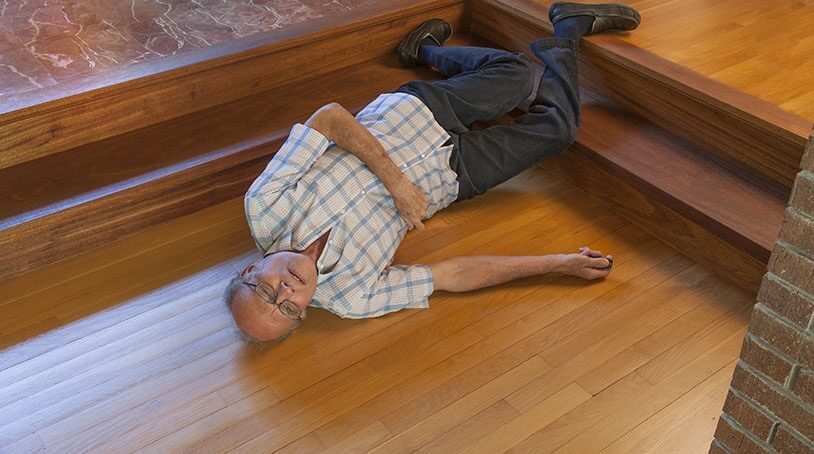
FAQs
What are the best fall detection devices for the elderly?
Wearable devices like smartwatches and pendants are popular for their ease of use and effectiveness in detecting falls.
How does diabetes increase fall risk?
Diabetes can cause neuropathy and vision problems, both of which can impair balance and coordination, increasing the risk of falls.
Can fall detection systems be integrated with other health monitoring devices?
Yes, many fall detection systems can be integrated with health monitoring devices to provide a comprehensive overview of an individual’s health status.
For more information on fall prevention and safety strategies, visit the National Council on Aging.
This article contains affiliate links. We may earn a commission at no extra cost to you.

